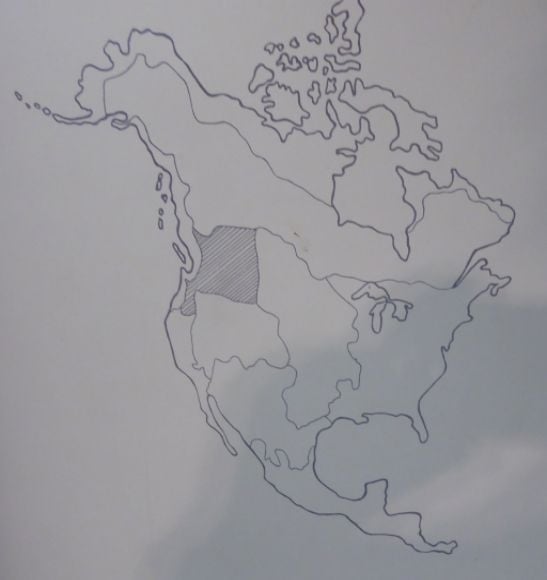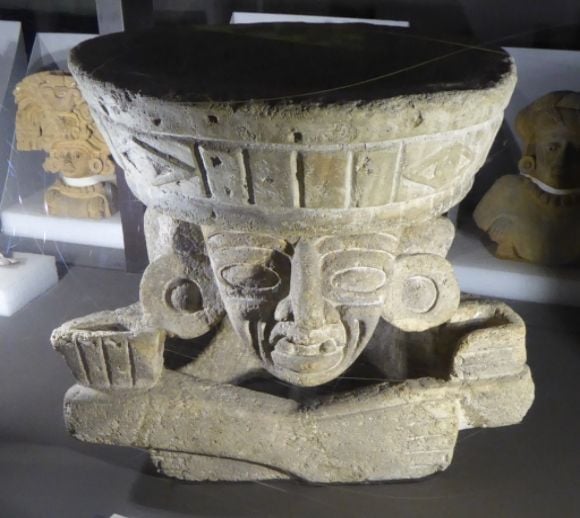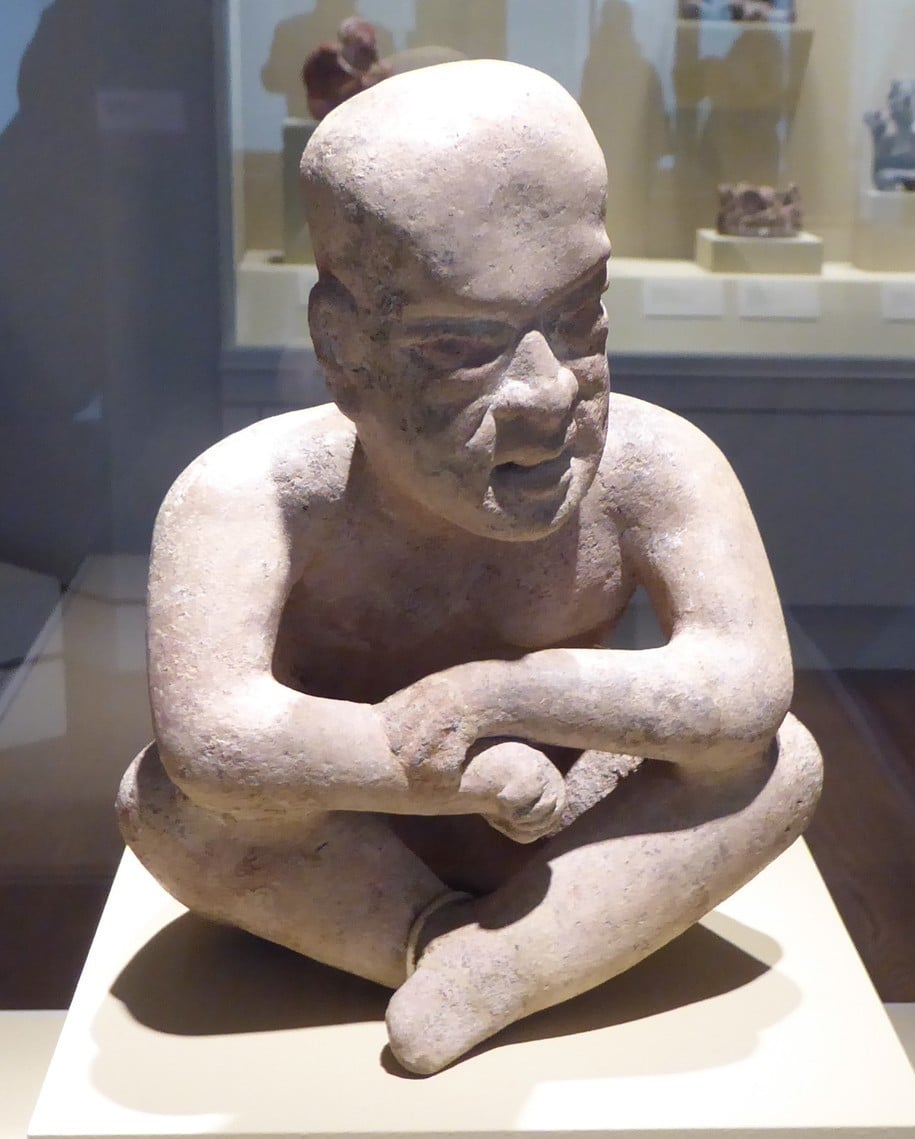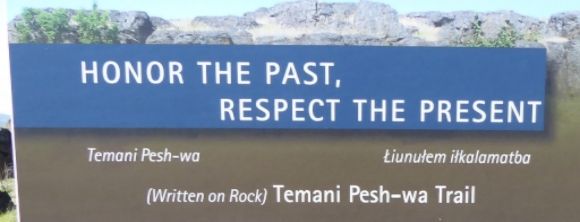Ancient America: The Sinagua People
( – promoted by navajo)
One of the important geological features of the Colorado Plateau in Northern Arizona is Sunset Crater, an extinct volcanic cone. The volcano was active-that is, it was erupting-between 1040 and 1100. During this time, a group of Indian people, called Sinagua by archaeologists, were living in this area.

Like many other Indian cultures in the Southwest at this time, the Sinagua people were farmers who were growing corn and other crops. The Colorado Plateau area in which they lived provided them with a growing season of about 90 days and the area received about 20 inches of rain per year.
The Sinagua people arrived in the Colorado Plateau area about 1500 years ago. For a long time-archaeologists suggest 600 years-they lived in small clusters of pit houses, circular or squarish huts with sunken floors, stone or wood-lined walls, and adobe roofs. In terms of material culture, the Sinagua resembled the Mogollon people with their pithouses and brown pottery.
The Sinagua lived near two very powerful societies. To the northeast, in what is now New Mexico, were the Anasazi who built a number of pueblos in Chaco Canyon. Anasazi pueblos are characterized by multistory great houses and sophisticated road networks.
To the south of the Sinagua, near the present-day city of Phoenix, were the Hohokam, who engineered hundreds of miles of sophisticated canals to water their desert fields.
Nearly a thousand years ago, the volcano became active. Hopi oral tradition puts it this way: “Long ago the ground trembled, a big black smoke came and a big fire that came out of the ground.” While the eruptions undoubtedly interrupted the lives of the Sinagua people, they soon learned to live with and adapt to the volcano. Archaeologists have found that the Sinagua people built houses on top of ash that had fallen just a few months before. The nutrients in the volcanic ash enhanced the production of the Sinagua fields and appears to have encouraged immigration from other areas of the Southwest.
An interesting adaptation which the Sinagua people made to the active volcano were “corn rocks.” One of the by-products of the volcano were hornitos, which were cones of splattered lava that build up around holes atop crusted-over tubes of flowing lava. The Sinagua people would place corn on the lip of a hornito. The corn would then be covered with lava. Later they would return to break off the cooled stone chunks and carried them back to the village. The “corn rocks” were made from husked cobs and there were at least three different corn varieties used. These three varieties would have been raised in different fields to prevent cross-pollination.
We do not know today what these “corn rocks” meant to the Sinagua people: were they spiritual or religious symbols, or simply works of art, or did they have some other meaning? We only know that they deliberately set about to make them and to carry them back to their villages.
In about 1064, the volcano’s eruptions buried about 100 square miles of the Sinagua’s most productive farmland under more than 10 inches of ash. About 2,000 people had to move.
According to the Hopi, who are the direct descendents of the Sinagua people, Qu’na katsina, the Bringer of Corn who dwells at the crater, caused the eruption because their ancestors were engaged in koyaanisquatsi, or life that is morally imbalanced and corrupt.
Around 1100, both the Anasazi (Ancestral Puebloan) and the Hohokam civilizations began to collapse. At this time, the Sinagua underwent a major transformation. Many of the Sinagua moved downhill almost a thousand feet, from the cinder cones’ cool slopes to the sunbaked desert. Here they built large multistory stone pueblos with ball courts and community rooms.





